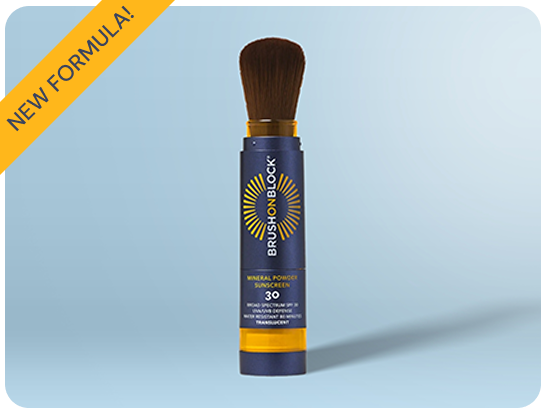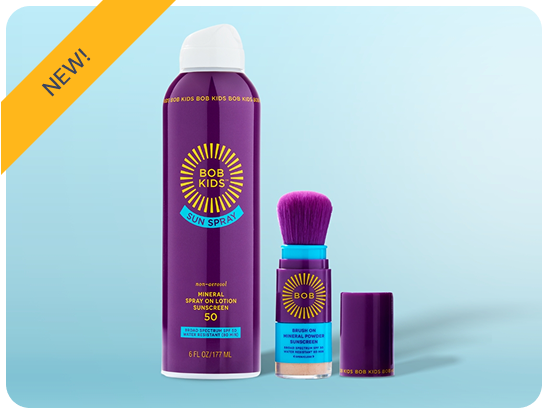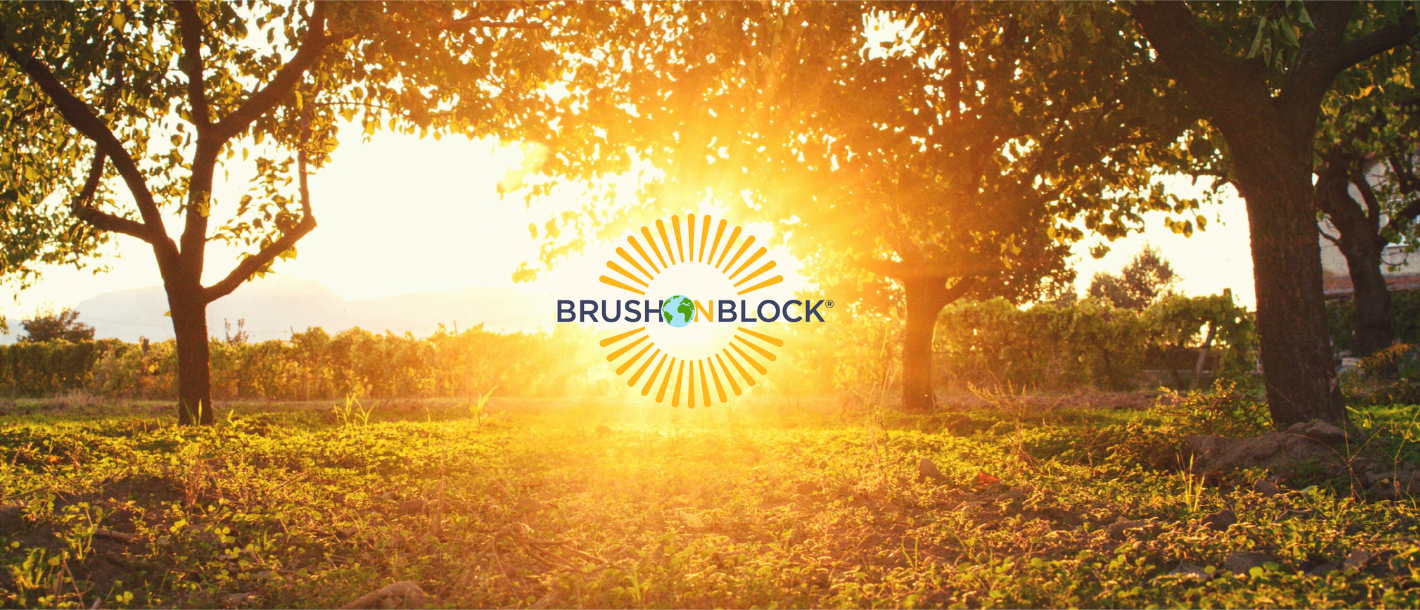As spring settles in, thoughts turn to sunny beaches, sandy sunsets, sandals, swimwear and sunscreen. But when packing for a trip to Hawaii, it is important to be aware of the sunscreen bans that affect what you can use.
Where you go makes a difference
Hawaii’s sunscreen bans are the strictest in the United States. In 2021, the state banned sunscreens containing the chemical active ingredients oxybenzone and octinoxate because studies have shown these chemicals to have harmful impacts on Hawaii’s marine environment and ecosystems, including coral reefs. They aren’t alone in these bans - Mexico, Bonaire, Key West, Aruba and Palau all have similar bans. The US Virgin Islands have also banned oxybenzone, octinoxate and octocrylene.
But in late 2022, two Hawaiian counties went even further and banned all chemical sunscreen actives, leaving mineral sunscreens as the only choice for tourists and residents. The counties are Hawaii County - which covers the entirety of the Big Island, and Maui County, which covers all of Maui, Lanai, Kahoolawe and most of Molokai.
Luckily for everyone visiting those counties, mineral sunscreens have come a long way in recent years, with invisible coverage and broad spectrum protection. But there is another reason to stick to all mineral sunscreens - some companies make claims that their sunscreens are reef-safe, or “clean” but when you look at the ingredients, they still include chemical actives, which are banned in two of the five counties of Hawaii. At first, Hawaii thought just banning oxybenzone and octinoxate was enough so the exclusion of those ingredients was enough to be considered Reef-Safe in Hawaii. But as research moved ahead, more chemical ingredients have been added to the harmful list, and so the safest bet at this time, for both people and ocean life, is to stick to mineral sunscreen actives.
Do not take these ingredients to Hawaii
Oxybenzone – may also be called benzophenone-3. In addition to being harmful to marine life, it is a common allergen for humans and may disrupt hormones. The FDA has requested more studies into its safety for humans.
Octinoxate – may also be called methoxycinnamate, Parsol, Parson MCX, Parsol MOX and Escalol. Oxtinoxate only protects from UVB rays, so is often used in combination with other sunscreen active ingredients. According to the Campaign for Safe Cosmetics, it is readily absorbed by the skin and traces have been found in human urine, blood and breast milk. It can also disrupt thyroid function and is the FDA has proposed to consider it not GRASE (Generally Regarded as Safe and Effective) until additional data is provided.
Octocrylene – Further research on octocrylene has been requested by the FDA and should be conducted to confirm the results of some studies, which, according to Medical News Today have shown that octocrylene may promote the production of free radicals, which in turn can damage DNA, potentially increasing the risk of melanomas. People with eczema should avoid the use of octocrylene.
Avobenzone – According to healthline.com, avobenzone is considered “unstable” when exposed to light. This means that unless it is combined with other sunscreen filters, it loses between 50 and 90% of its filtering abilities after one hour of exposure to light. It is also proposed not to be GRASE by the FDA and is thought to harm coral.
Do take these ingredients to Hawaii
Titanium Dioxide – Because mineral sunscreen actives like titanium dioxide sit on top of the skin, there are few health concerns with these ingredients related to absorption. There are some concerns about titanium dioxide as a food additive, but since Brush On Block products are not intended for ingestion, that is not a concern. Titanium dioxide is proposed to be GRASE by the FDA.
Zinc Oxide – You may remember zinc oxide from the lifeguard at your local pool, with the white stripes across the tops of the cheeks and down the nose. That’s because zinc has been used as a safe and effective sunscreen ingredient for many years. Like titanium dioxide, it sits on the surface and scatters the sun’s rays, protecting the skin below. Zinc oxide offers broad spectrum sun protection on its own, so you may see it as the only sunscreen active ingredient in some products (like our Sheer Genius SPF 50 and BOB Kids Mineral Sun Balm SPF 40). Zinc Oxide is also known for its soothing properties (it is the main ingredient in many diaper rash creams), so it is an excellent choice for skin that has already been over-exposed to sun or wind, and for those with sensitive skin. It is currently considered GRASE by the FDA.
Other considerations when packing sunscreen for vacation
If you are going to Hawaii, you may want a higher SPF than you use in your daily life, especially if you will be spending time on the water or if you have fair skin, so jumping from an SPF 30 to an SPF 50 might make sense. Consider swapping out your original Brush On Block SPF 30 for our new SPF 50 for the trip. But don’t forget, the increase in SPF does not mean an increase in the time between applications! Reapply at least every 2 hours when you are in the sun.
Broad spectrum protection is extra important when you are spending time in a tropical environment. Broad spectrum sunscreens protect not only from the UVB rays that cause sunburn, but also UVA rays that cause visible signs of aging. Both types of UV rays can lead to skin cancer, so to be sure you’re safe, protect from both types of UV radiation. All Brush On Block sunscreens offer broad spectrum protection, so a good rule is to begin your day with our Sheer Genius Mineral Sunscreen + Moisture SPF 50. Then you’ll be ready for breakfast on the patio or reading by the pool.
Water-resistance is important if you are in and out of the water, so on the beach and poolside, be sure you bring a sunscreen that only needs to be reapplied every 80 minutes if you’re in the water. (There is no such thing as waterproof sunscreen, water resistant for 80 minutes is the best protection you can get.) Remember, if you hop out of the water and use a towel, you need to reapply immediately, because you just wiped away your sunscreen. Especially keep an eye on young children, who may wipe their faces off without you noticing.
Remember those delicate and often forgotten spots. Did you know lips get sunburned? Sometimes you won’t even know that’s what it is, they may just seem extra dry, chapped and even cracking—that’s from the sun. Our Protective Lip Oil gives you SPF 32 protection that will keep your lips healthy and comfortable (and provide a hint of color). What about the back of your neck, tops of ears, tops of feet? They are commonly missed spots, and a great place to use BOB KIDS Mineral Sun Balm SPF 40!
The sunscreen you’ll use most is the one that’s easy to carry and easy to apply. That’s our specialty, with our Brush On Block line of self-dispensing mineral sunscreen powders. Pop one in your beach bag and you can easily top off your protection. And BOB KIDS Mineral Sun Balm SPF 40 is also easy to slip into a bag or pocket for on-the-go protection.
Make it easy, make it mineral
Because sunscreen bans vary based on your Hawaiian destination, the safest thing to pack is an all mineral sunscreen like Brush On Block. Aloha!





